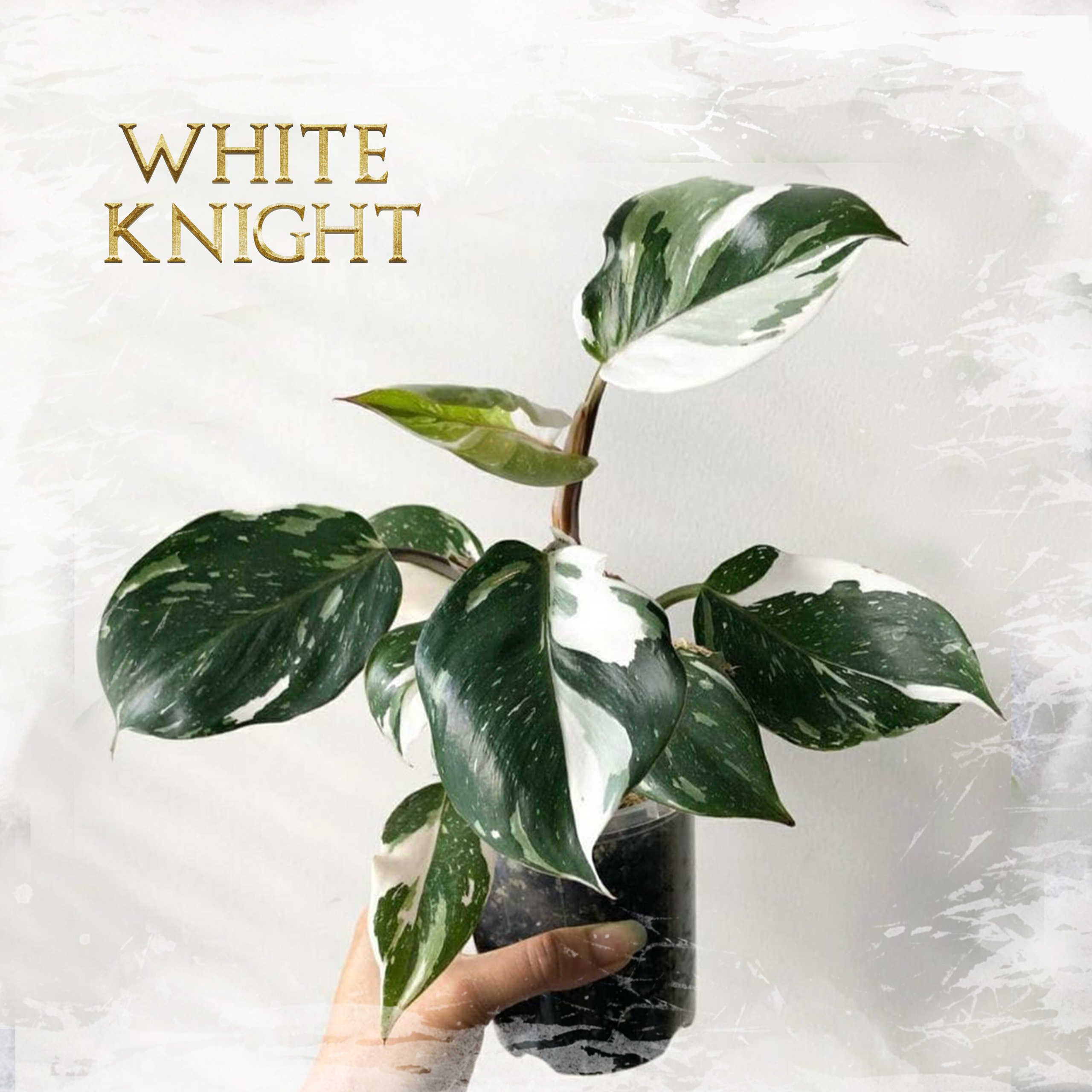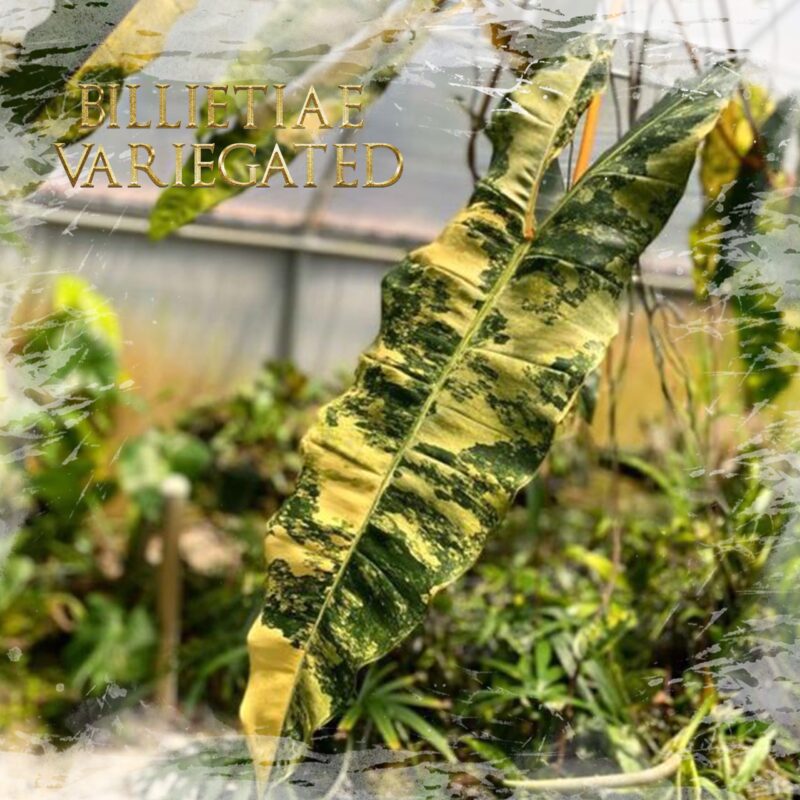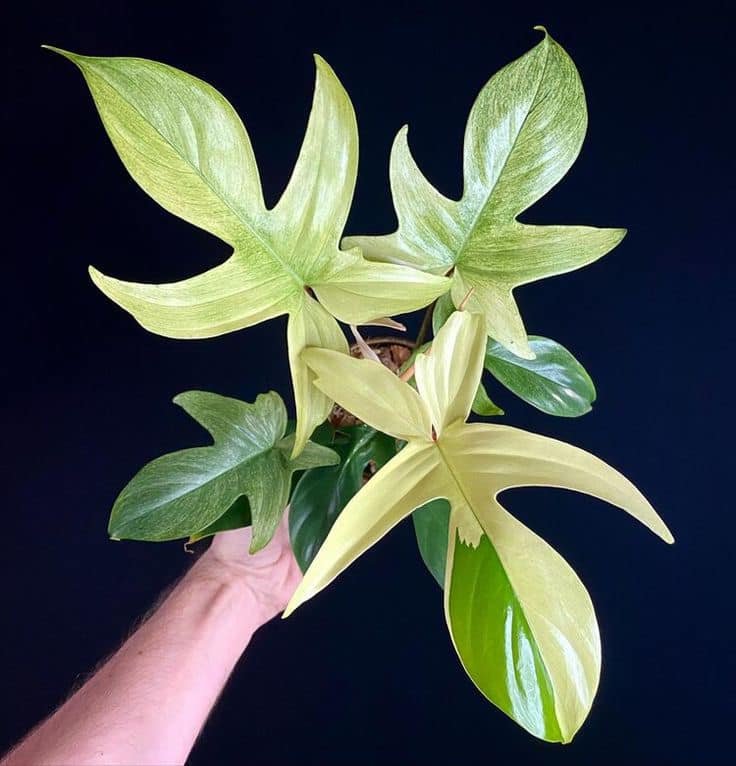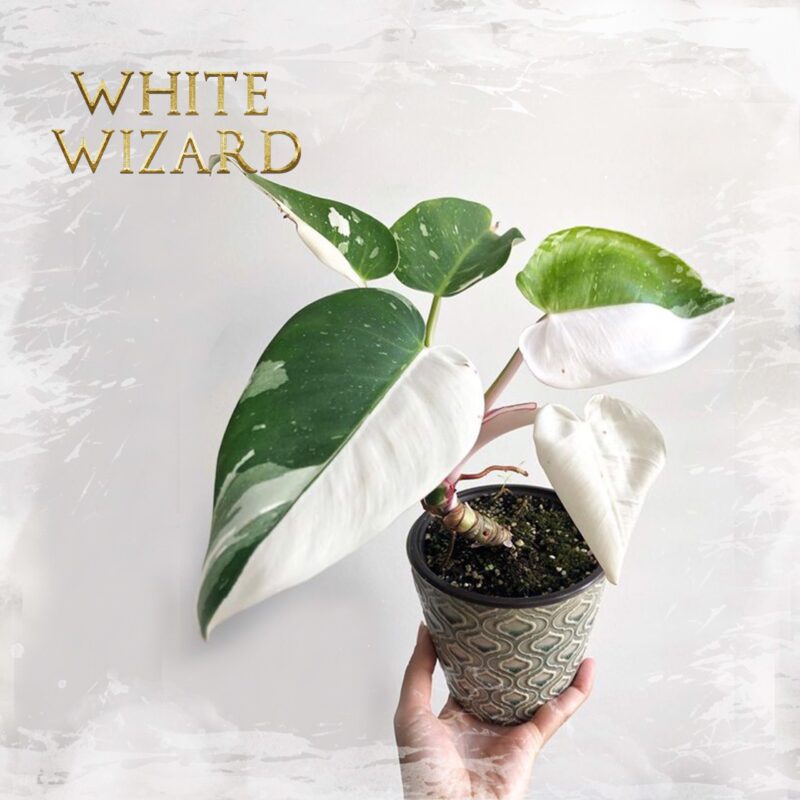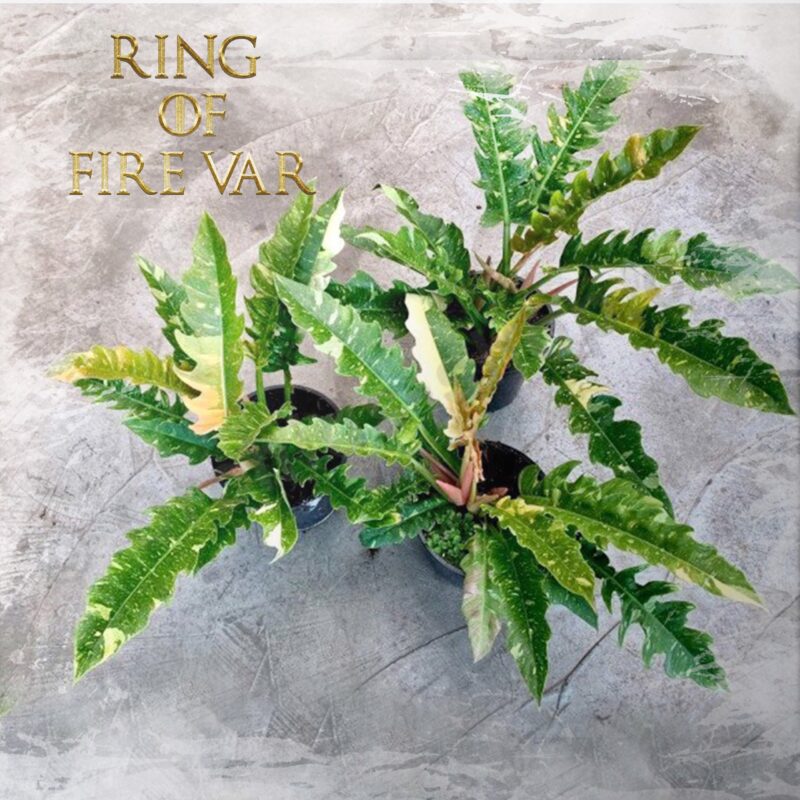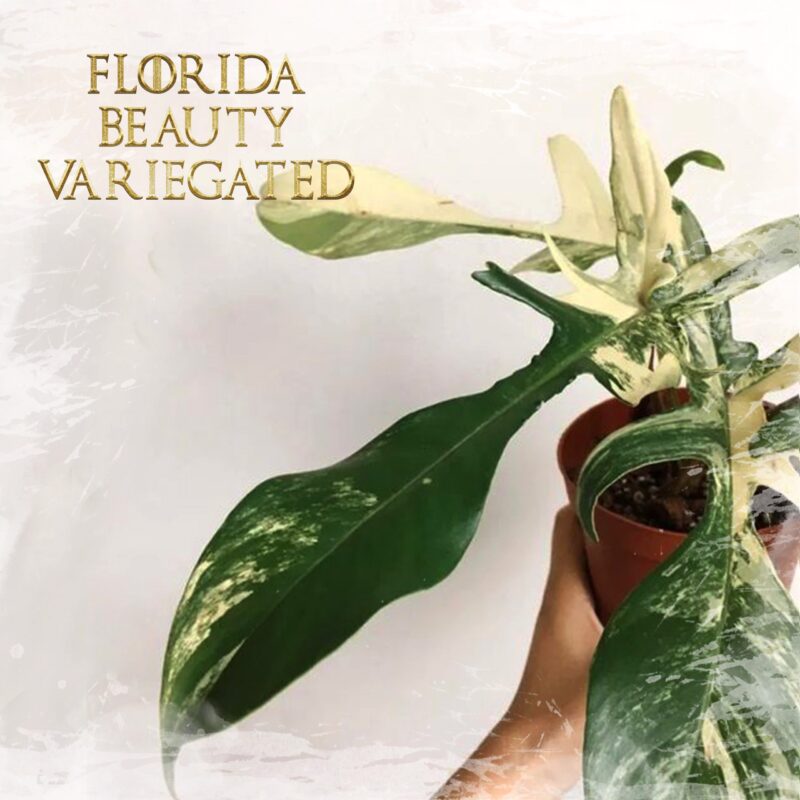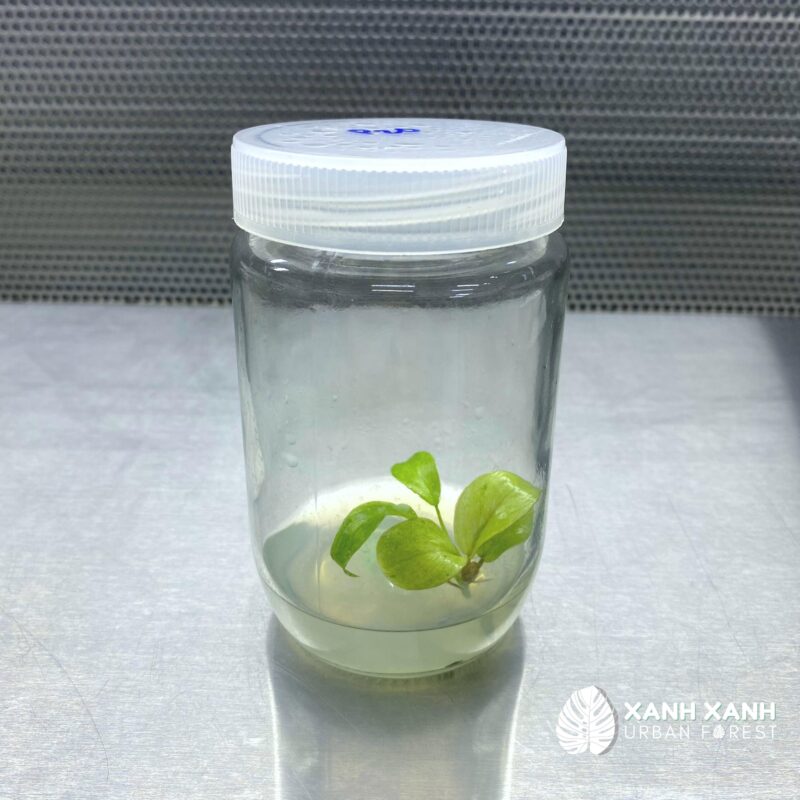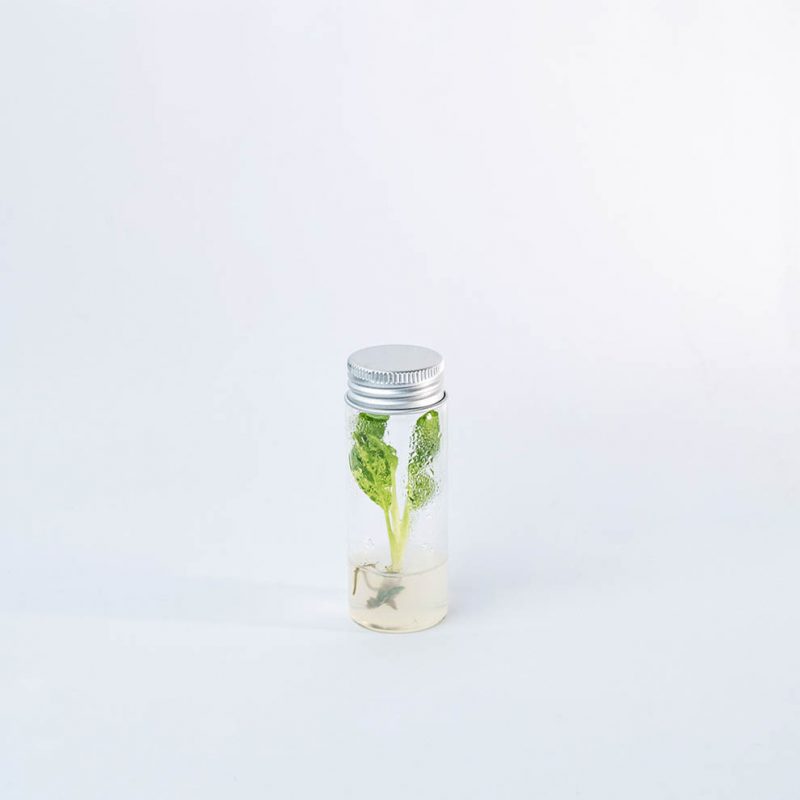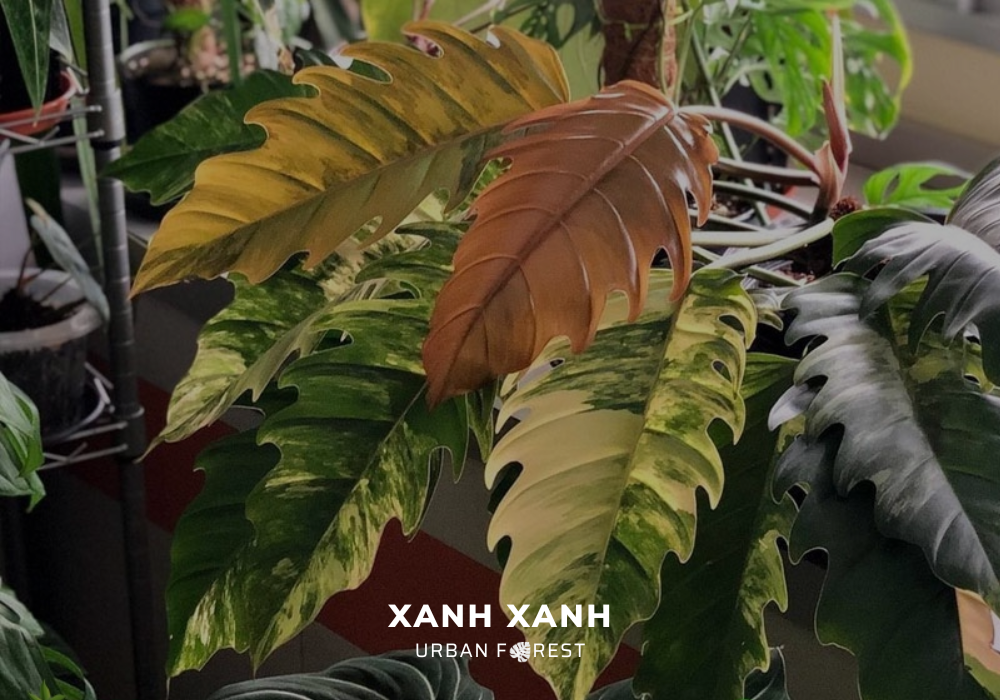We’re introducing a new Philodendron, the Philodendron White Knight.Philodendrons are well-known for their distinctively beautiful foliage. It is a rare variegated tropical that is appealing enough to add a classic touch.
The heart-shaped leaves are dark green with white splashes and patches. Aside from the leaves, the stems of this Aroid are equally lovely, with a mix of brown, deep purple, and white. Isn’t that cool?
These South American natives, which have won awards for indoor plantation, also grow well outdoors in mild climates. Are you thinking about getting one for yourself? Please proceed! These low-maintenance plants are suitable for beginners as well as lazy people. Let’s go deeper and learn more about the White Knight Philodendron Plant’s care and propagation.
Philodendron White Knight Classification
Family: Araceae.
Genus: Philodendron.
Cultivar: White Knight.
Genus Philodendron:
Philodendron is a large genus of about 489 flowering plants. These natives of America’s central and southern rainforests comprise the second-largest Aroid genus. In the 16th century, C. Plumier was the first to introduce them. However, many of the species have long been popular in art, folklore, and medicine.
Size:
The length and growth of these plants vary greatly depending on space and environment. A mature plant in open space can grow to be about 3 meters long.
These leaves grow in close proximity to the stems. This gives the plant a fuller and more attractive appearance.
Leaves:
Heart-shaped leaves are found on the majority of the plants. However, some of them may grow slightly longer as they mature.
Each fully grown leaf measures about 6 cm in length.
The basal colors of the leaves change as they age and are exposed to sunlight. Expect them to show lighter shades of green, especially when they are younger.
The shades and variegation on the leaves give it a haphazardly painted appearance. This beauty entices artists to create art projects such as Paper White Knight Philodendron.
Flower:
During the warm days of spring and summer, the plants produce typical Aroid flowers.
The inflorescence is formed by a long erect spadix covered by an expanded spathe. The spadix, which is covered by a leaf-like spathe, bears a slew of tiny flowers.
Toxicity:
All Philodendrons contain a high concentration of calcium oxalate crystals. When the foliage is consumed, it causes an allergic reaction on the lips, mouth, and esophagus. Furthermore, they can have serious consequences for animals. Make sure that children and pets do not come into contact with these lovely plants.

